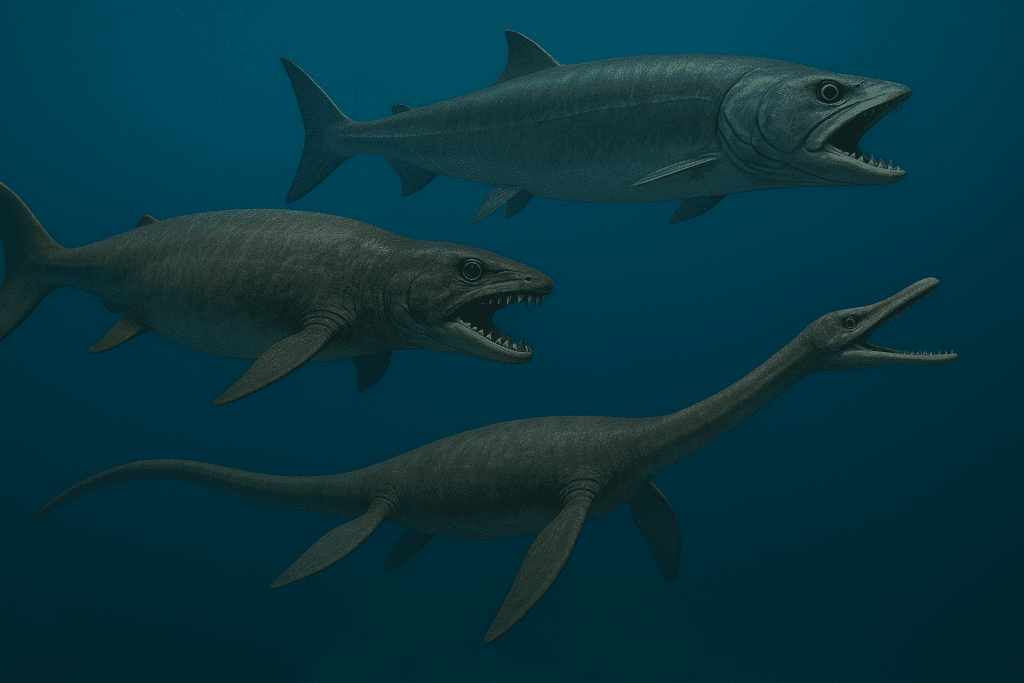Before today’s oceans were dominated by dolphins, marlins, and sharks, the prehistoric seas were home to some of the most powerful and extinct fastest sea animals ever to swim the planet. These marine creatures were built for speed, with streamlined bodies, powerful tails, and evolutionary adaptations that made them apex predators of their time.
In this list, we explore 10 extinct fastest sea animals, ranked by their estimated top speeds, and dive into what made each one such an efficient swimmer.
1. Ichthyosaurus – The Jurassic Speedster
- Speed: 50 km/h (31 mph)
- Time Period: 200–190 million years ago
Ichthyosaurus looked remarkably like a modern dolphin, with a torpedo-shaped body and large tail fin that powered its rapid movement through water. As one of the most iconic marine reptiles of the Mesozoic era, it relied on speed to hunt squid and small fish. Its hydrodynamic shape made it one of the earliest examples of an extinct fastest sea animal.
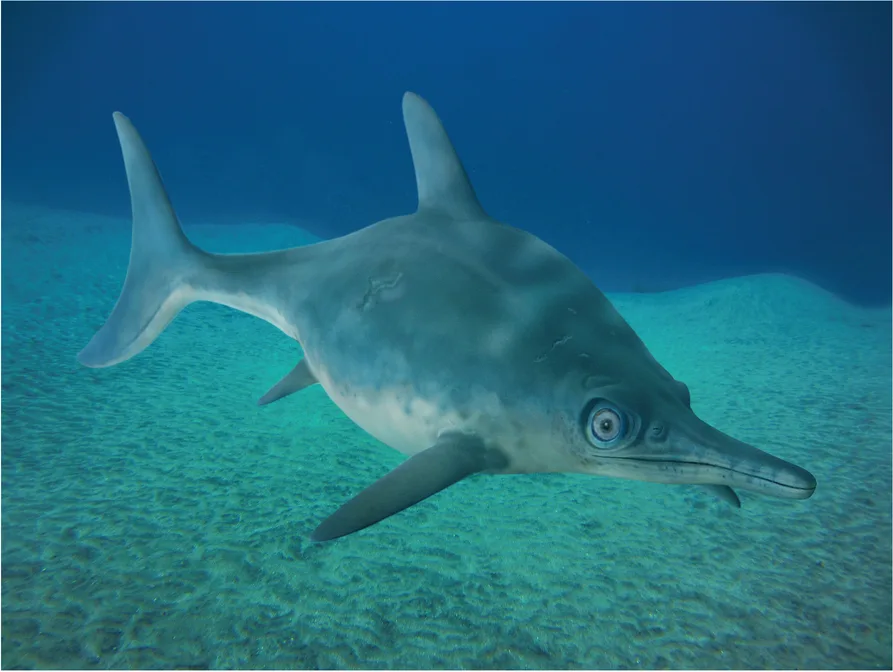
2. Tylosaurus – The Agile Sea Lizard
- Speed: 40 km/h (25 mph)
- Time Period: 85–80 million years ago
Tylosaurus was a member of the mosasaur family, growing up to 15 meters (50 feet) long. Despite its size, it had a sleek body and powerful tail that allowed it to reach impressive speeds. It hunted fish, sharks, and even other mosasaurs, using both speed and surprise to dominate Late Cretaceous seas.
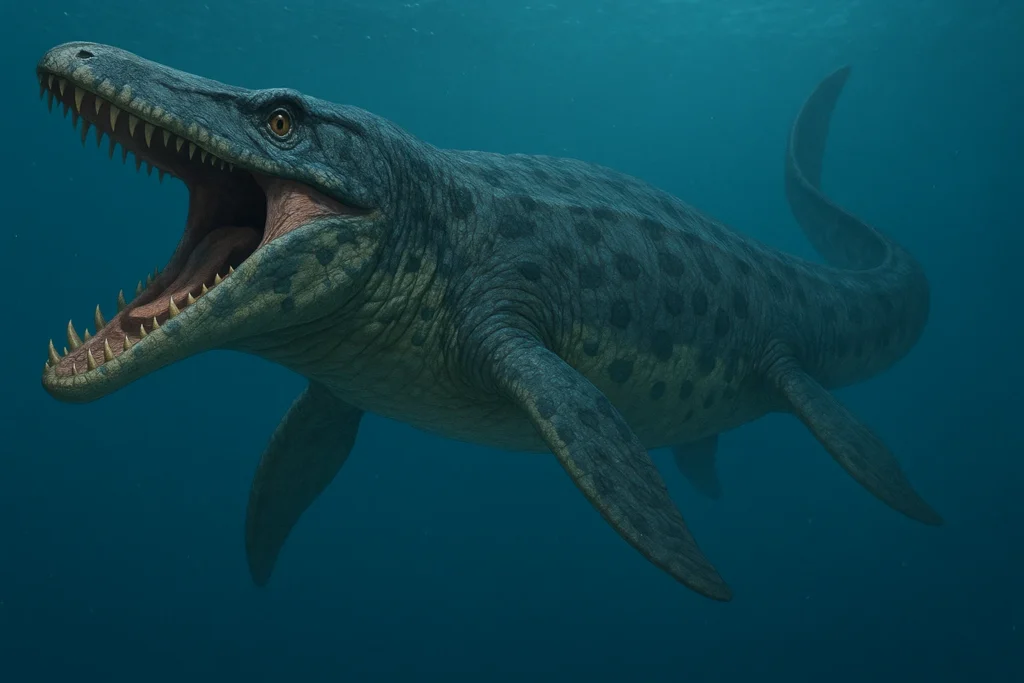
3. Cretoxyrhina – The Ginsu Shark
- Speed: 40 km/h (25 mph)
- Time Period: 100–82 million years ago
Known for its razor-sharp teeth and sleek form, Cretoxyrhina was a fast-swimming shark that resembled the modern great white. Its streamlined body and crescent-shaped tail helped it move quickly through the water, hunting large fish and marine reptiles. It’s often referred to as one of the top examples of an extinct fastest sea animal.
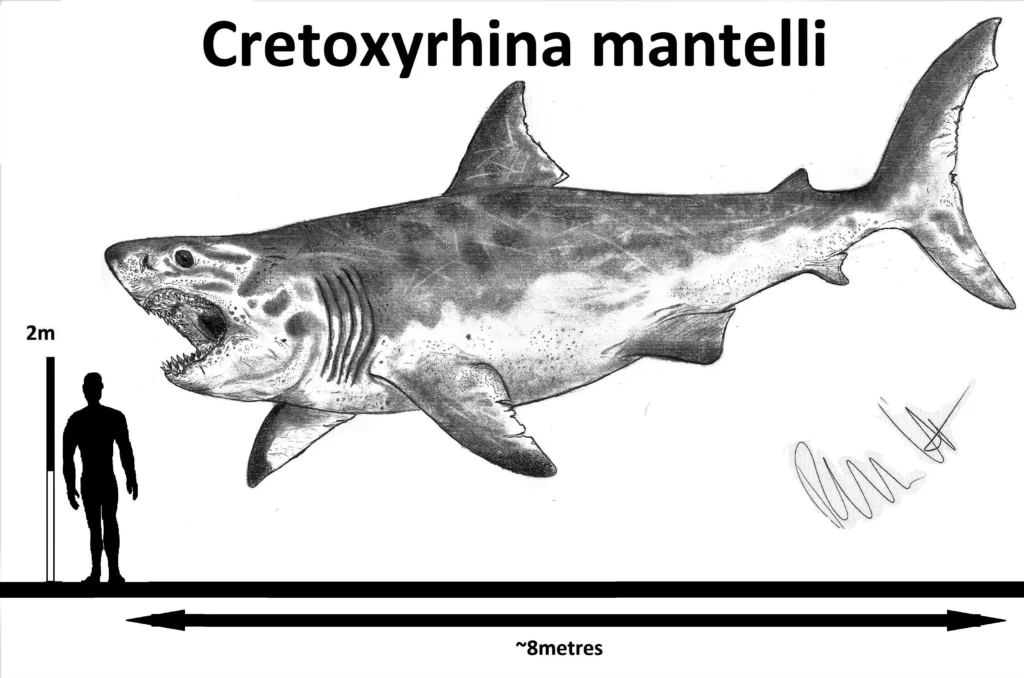
4. Xiphactinus – The Giant Fang-Fish
- Speed: 35 km/h (22 mph)
- Time Period: 112–66 million years ago
Xiphactinus was a large predatory fish that could grow over 5 meters (16 feet) long. Despite its bulk, it was remarkably fast. Its long, muscular body allowed it to surge through the water at high speed to catch prey, often swallowing them whole. One fossil even showed a fully intact fish inside its stomach!
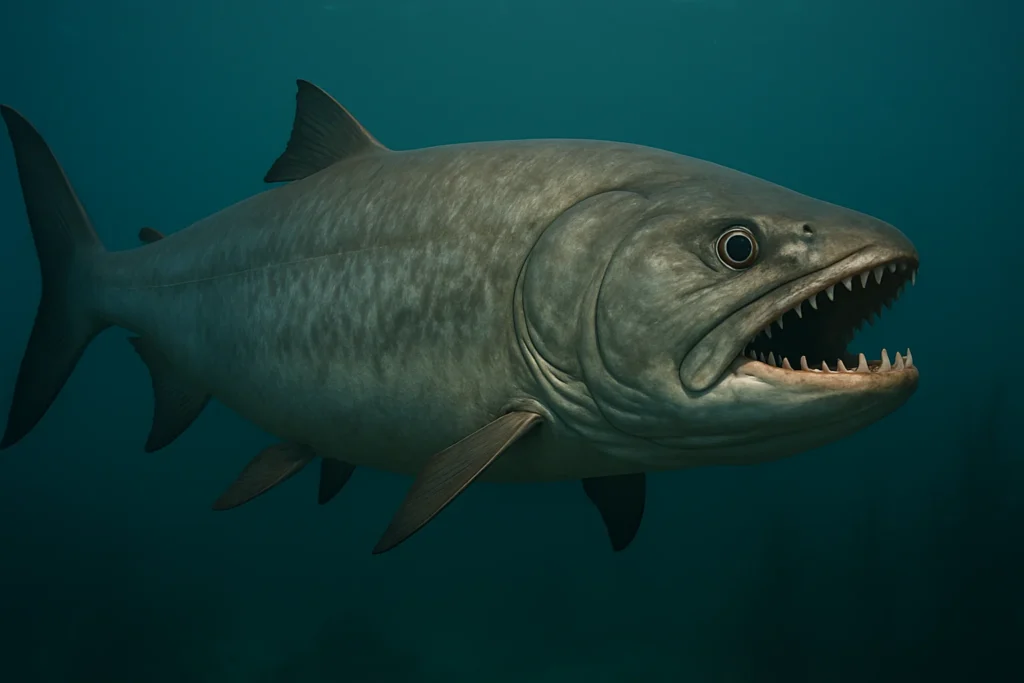
5. Mosasaurus – The Marine Dragon
- Speed: 32 km/h (20 mph)
- Time Period: 82–66 million years ago
Mosasaurus was a massive marine reptile that could reach up to 18 meters (60 feet) in length. Although slower than some smaller sea predators, it was still among the extinct fastest sea animals, especially considering its size. It had a long, powerful tail and a flexible spine, helping it cruise and ambush prey with deadly accuracy.
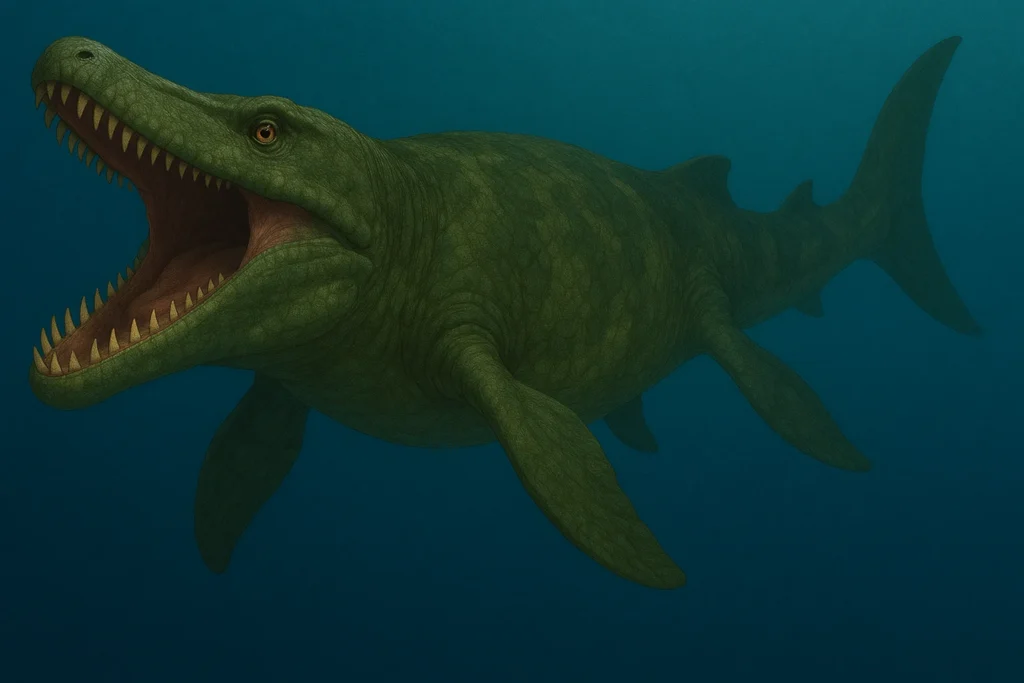
6. Thalassomedon – The Ocean Glider
- Speed: 32 km/h (20 mph)
- Time Period: 95 million years ago
Part of the plesiosaur family, Thalassomedon had an unusually long neck and four strong flippers, allowing it to “fly” through the water like a modern penguin. It wasn’t built for sharp turns, but it could maintain solid cruising speeds to chase down smaller prey in open water.
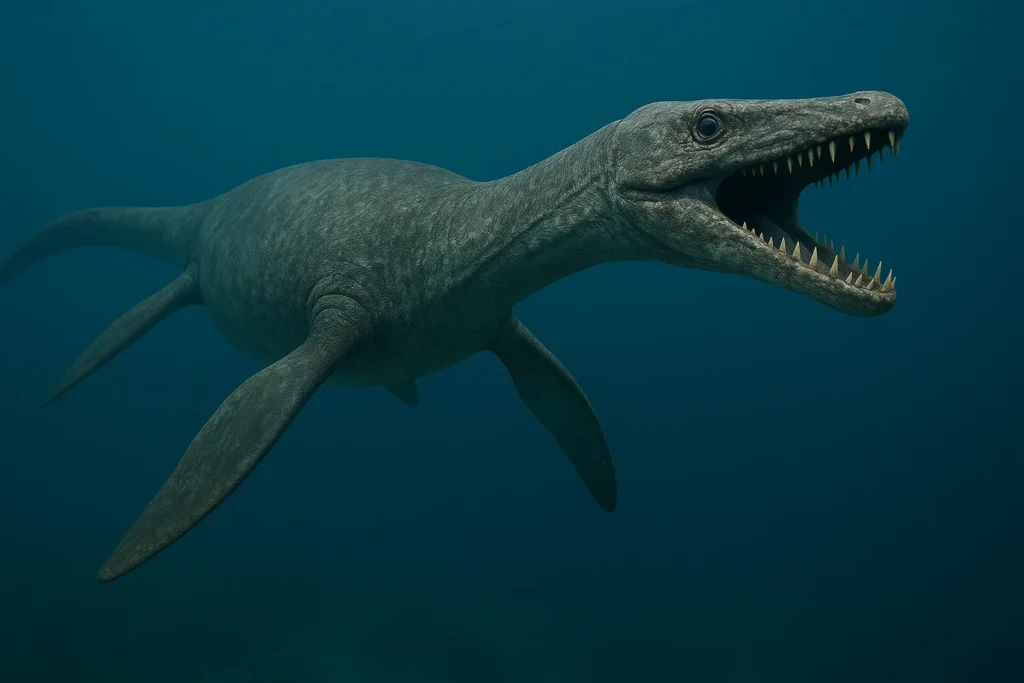
7. Megalodon – The Titan of the Deep
- Speed: 25 km/h (15 mph)
- Time Period: 23–3.6 million years ago
Megalodon is best known for its massive size and crushing bite force, but it was no sluggish giant. It could swim at up to 25 km/h (15 mph), an impressive speed for a predator that weighed over 50 tons. Its speed helped it ambush prey like whales and seals with lethal precision.
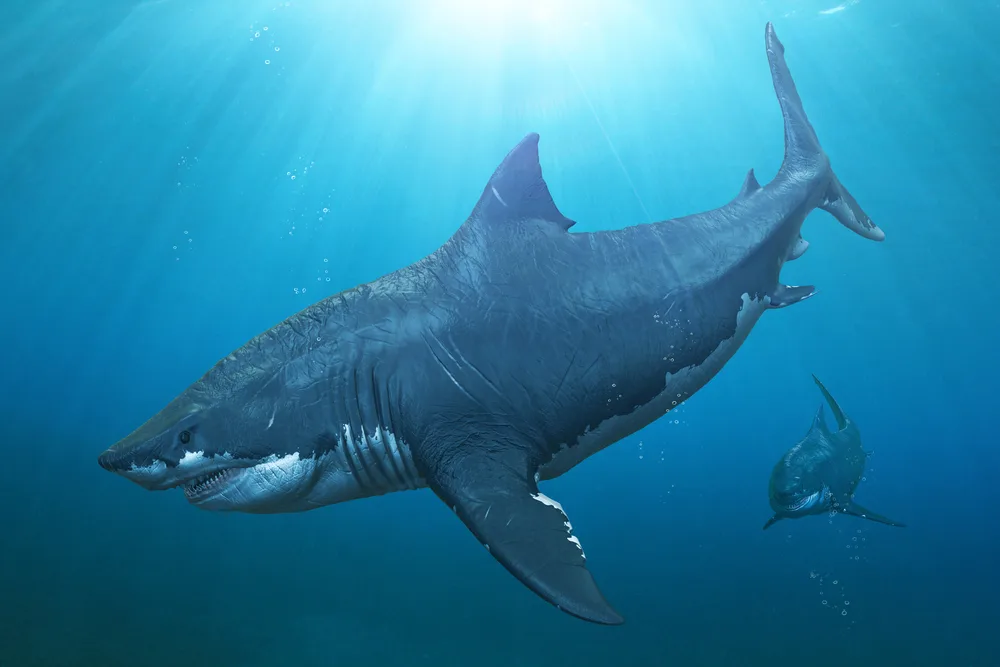
8. Pliosaurus – The Short-Necked Super Predator
- Speed: 24 km/h (15 mph)
- Time Period: 160–145 million years ago
Pliosaurs were short-necked cousins of the plesiosaurs and were designed for speed and power. With a massive skull, strong jaws, and a muscular body, Pliosaurs like Pliosaurus funkei could swim fast enough to chase down other marine reptiles, making them deadly ocean hunters.
9. Helicoprion – The Buzzsaw Shark
- Speed: 20–25 km/h (12–15 mph)
- Time Period: 290–250 million years ago
Helicoprion was a bizarre-looking shark with a spiral set of teeth, sometimes called a “buzzsaw jaw.” Though more famous for its appearance than speed, it’s believed to have been a fast predator that could close in on soft-bodied prey quickly in early Paleozoic seas.
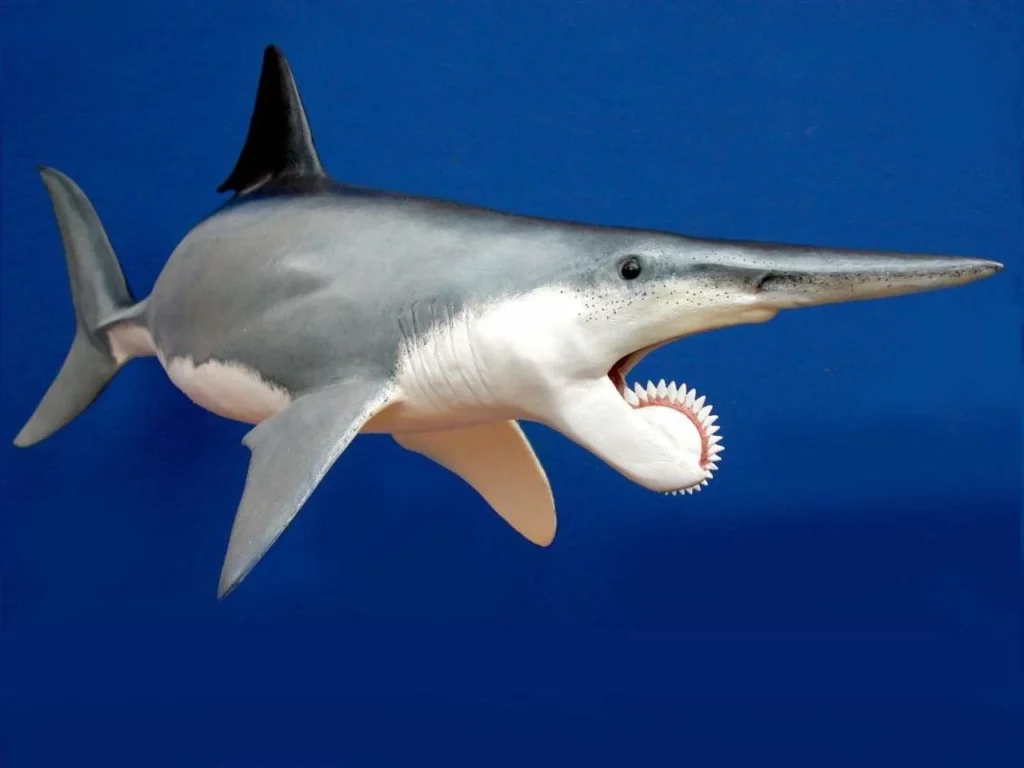
10. Liopleurodon – The Power Swimmer
- Speed: 16–20 km/h (10–12 mph)
- Time Period: 160 million years ago
Though its actual size has been debated, Liopleurodon was a large, carnivorous marine reptile that relied on short bursts of speed to surprise prey. It had a broad head and powerful flippers, making it agile despite its heavy frame. It may not have been the fastest, but it’s certainly one of the most fearsome in this list of extinct fastest sea animals.
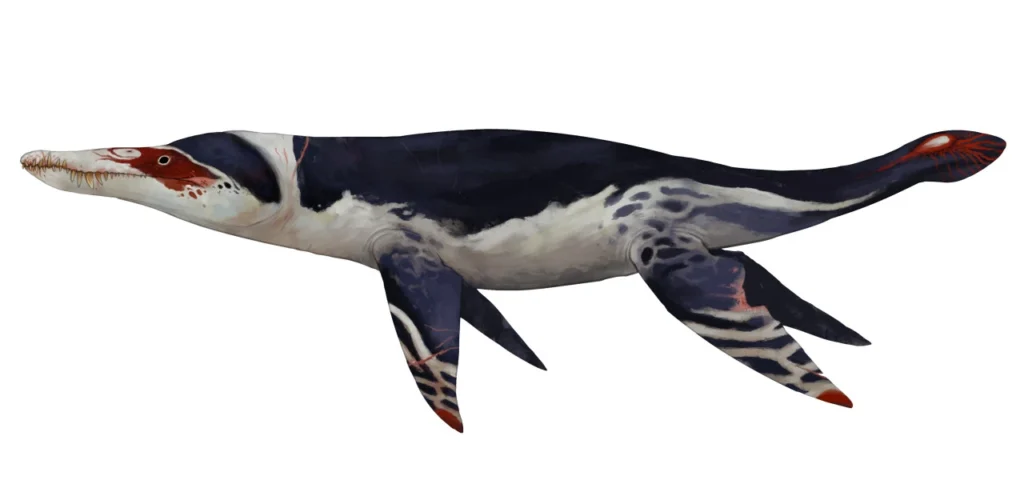
Final Thoughts
From the dolphin-like Ichthyosaurus to the shark-like Cretoxyrhina, the oceans of the past were filled with fast, deadly creatures. Each extinct fastest sea animal had its own unique adaptations for speed, whether it was a streamlined body, flipper-powered propulsion, or sheer muscular power.
Speed was as vital then as it is today — whether to hunt, flee, or explore the vast oceans. These creatures may be gone, but their legacy as the extinct fastest sea animals lives on in fossils, reconstructions, and the imaginations of paleontologists and sea-life enthusiasts everywhere.
